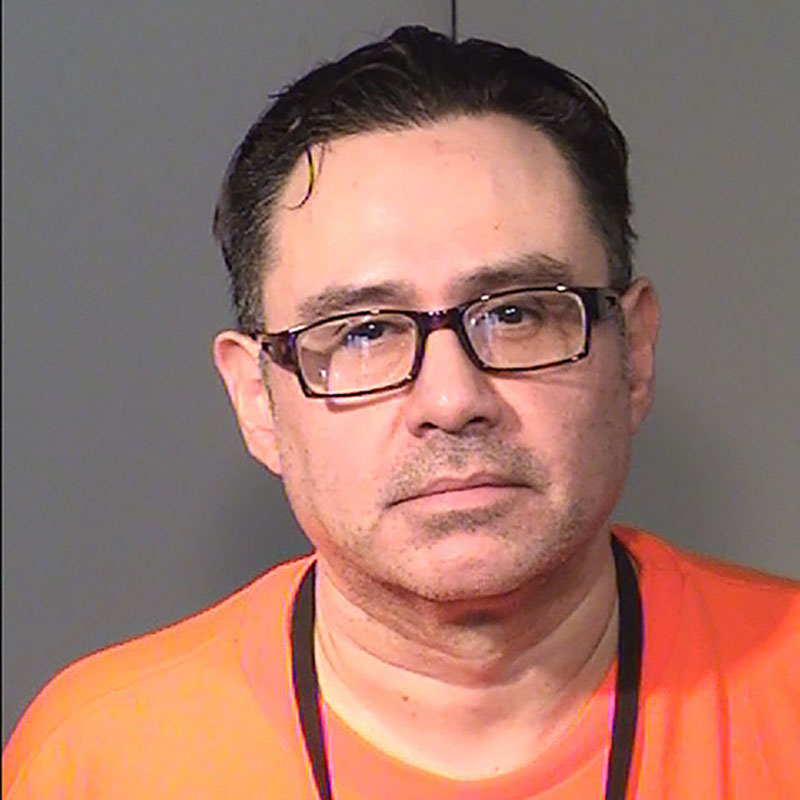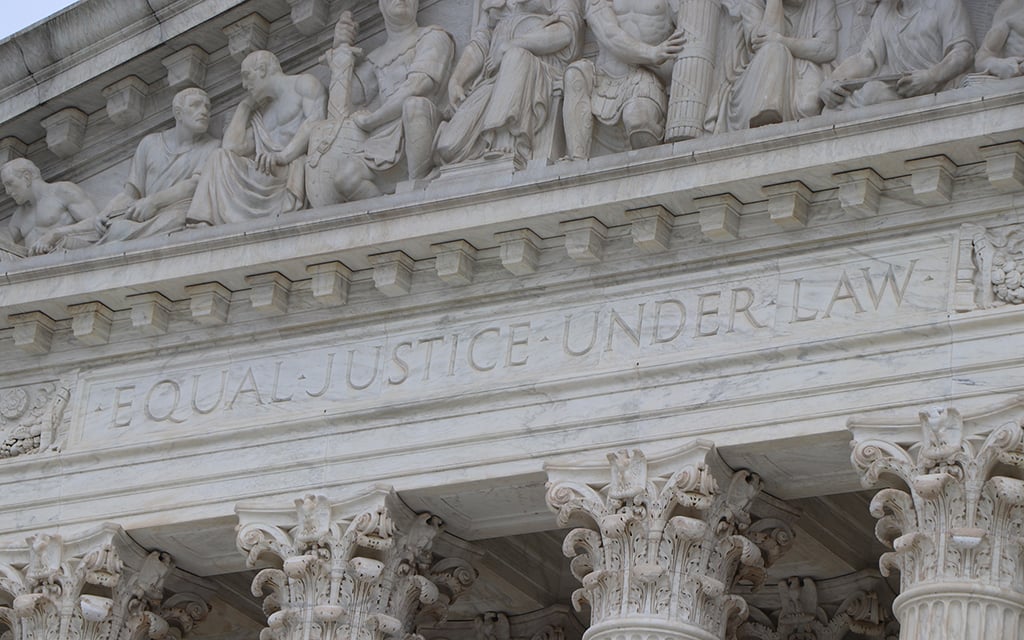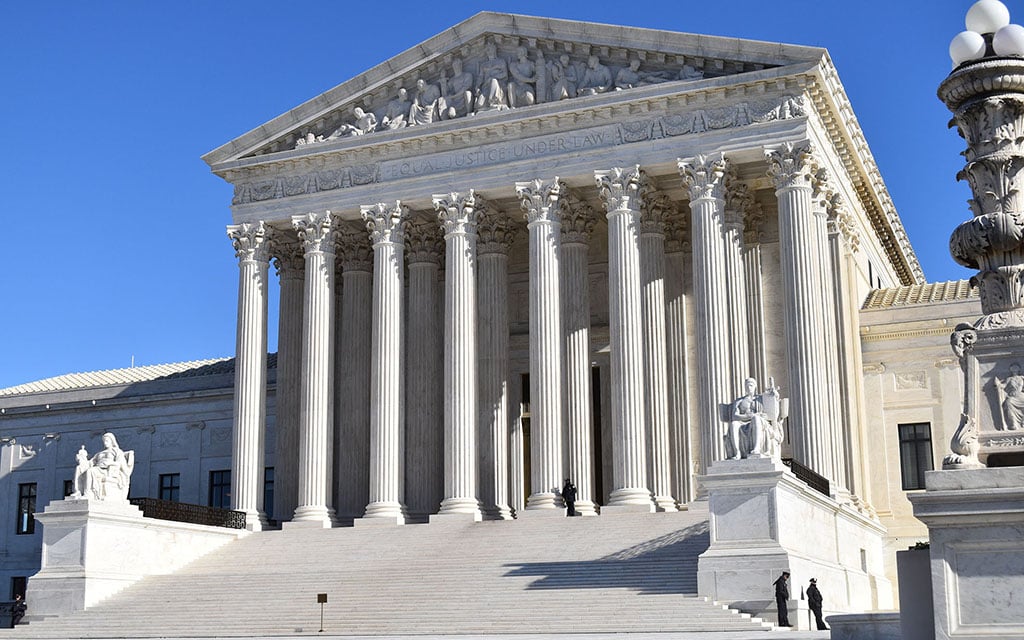WASHINGTON – A divided Supreme Court ruled Wednesday that an Arizona death row inmate was wrongly denied the right to tell jurors he would never get out on parole if he was sentenced to life instead of death.
It is the third time the high court has told Arizona that capital defendants have that right, first identified in a 1994 ruling known as Simmons. Arizona had long claimed Simmons did not apply in the state, but the Supreme Court rejected that argument, ruling in a 2015 case known as Lynch that it does apply.
Despite that, John Montenegro Cruz was not allowed to tell jurors at his 2005 murder trial that if they did not sentence him to die, he would get life without chance of parole. He appealed his sentence after Lynch was handed down, but the Arizona Supreme Court said Lynch did not apply retroactively and rejected his appeal.
In her opinion for the 5-4 court, Justice Sonia Sotomayor said the Arizona Supreme Court had created a catch-22 that made it “impossible for Cruz, and similarly situated capital defendants, to obtain relief.” That interpretation has had “a dramatic effect for capital defendants in Arizona,” she wrote.
But in a dissent, Justice Amy Coney Barrett said it was not the high court’s place to revise “a state court’s interpretation of its own law.”
“That call is not within our bailiwick,” wrote Barrett, who was joined by Justices Clarence Thomas, Samuel Alito and Neil Gorsuch. “Our job is to determine whether the Arizona Supreme Court’s decision is defensible, and we owe the utmost deference to the state court in making that judgment.”

John Montenegro Cruz has been on death row since 2005 for the murder of a Tucson police officer. The Supreme Court says Cruz’s sentencing was flawed. (Photo courtesy Arizona Department of Corrections, Rehabilitation and Reentry)
Legal experts said Wednesday’s ruling could affect as many as a dozen of the 110 inmates currently on Arizona’s death row.
Arizona Attorney General Kris Mayes’ office said it was not able to immediately comment on the ruling, which it was still reviewing Wednesday. The federal public defender’s office for Arizona did not respond to a request for comment.
But Richard Dieter, executive director of the Death Penalty Information Center, welcomed what he called a “clear statement” to Arizona courts that defendants have a right to tell jurors that a death sentence is not their only option.
“What comes across (in the Cruz ruling) is a clarity of importance about this issue of instructing the jury so the jury doesn’t go blindly into its decision, and that the defendant needs to have a chance to raise that issue,” Dieter said.
The case began in 2003, when Cruz was being questioned by Tucson Police Officer Patrick Hardesty in connection with a hit-and-run. When Cruz ran, Hardesty gave chase. But at some point, Cruz opened fire, hitting Hardesty twice in his body armor, twice in the abdomen and once in the left eye, killing him almost instantly. Prosecutors said four of the shots were fired from point-blank range.
Cruz was convicted of one count of first-degree murder, which under Arizona law at the time meant death or life without parole. But the judge in the case erroneously told jurors that Cruz could also be sentenced to life with a chance for parole after 25 years.
He also told the jury that its only choice was whether or not to apply the death penalty – if they did not choose death, the judge said, it would be up to him to decide whether it would be life with or without parole. The jury chose death.
But three jurors, acting on their own, issued a press release a day later saying they would have voted for life without parole if they were given the option. The called deliberations “gut-wrenching” and said there “was not one person on the jury who did not cry.” A fourth juror later agreed that he would have voted for life without parole.
In his petition to the Supreme Court in this case, Cruz’s attorney, Neal Katyal, said the jury was misled “into believing that Cruz could be eligible for parole.” He cited the juror’s statement that, “We WANTED to find a reason to be lenient … Many of us would rather have voted for life if there was one mitigating circumstance that warranted it.”
In arguments before the court in November, the state defended its position, saying there had to be some “finality of criminal convictions.” Under Arizona rules, he could only get another bite at what Barrett called the “postconviction-relief apple” if there was a significant change in the law.
But the Arizona Supreme Court said Lynch was not a change in the law: It merely restated existing federal law, even though it completely reversed how that law is applied in Arizona,
That argument carried little weight with Sotomayor, who wrote that it is “hard to imagine a clearer break from the past” than Lynch.
Dale Baich, a former federal public defender now teaching at Arizona State University’s Sandra Day O’Connor College of Law, called that “the shell game” played by Arizona courts.
“The death-row prisoner has the ability to get relief under the law if the person proves that there was a violation,” Baich said. “But the way that the Arizona Supreme Court applied the rules, it was impossible for a death row petitioner to get relief.”
Although the Cruz ruling is directed at Arizona, Dieter said it shows courts across the nation the importance of using more specific language in death row sentences.
“The issue of death versus life, that’s a broad issue that comes up in other states and all over,” he said. “Jurors want to know what their options really mean. Does life really mean life, that is, until you die, you stay in prison?”


